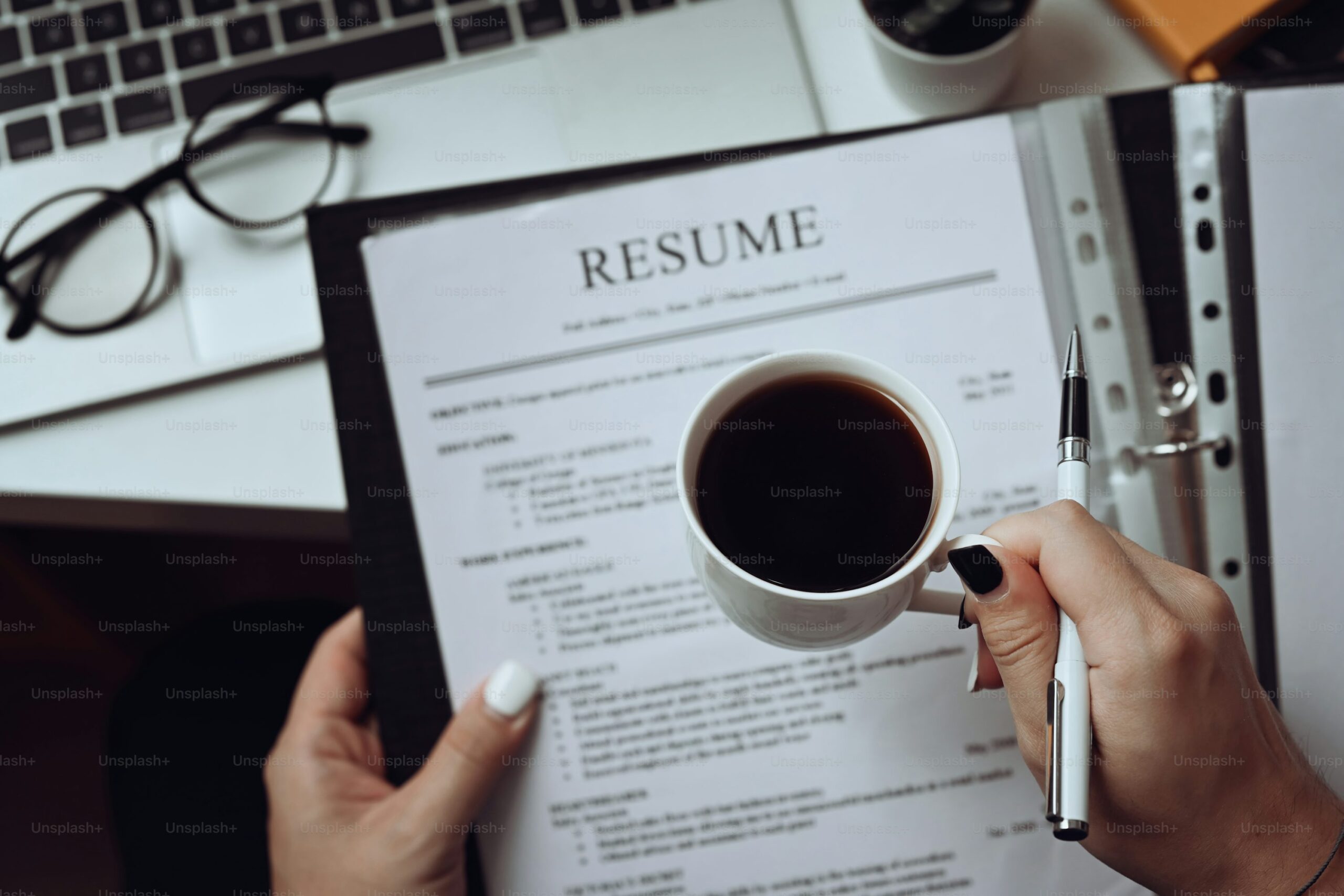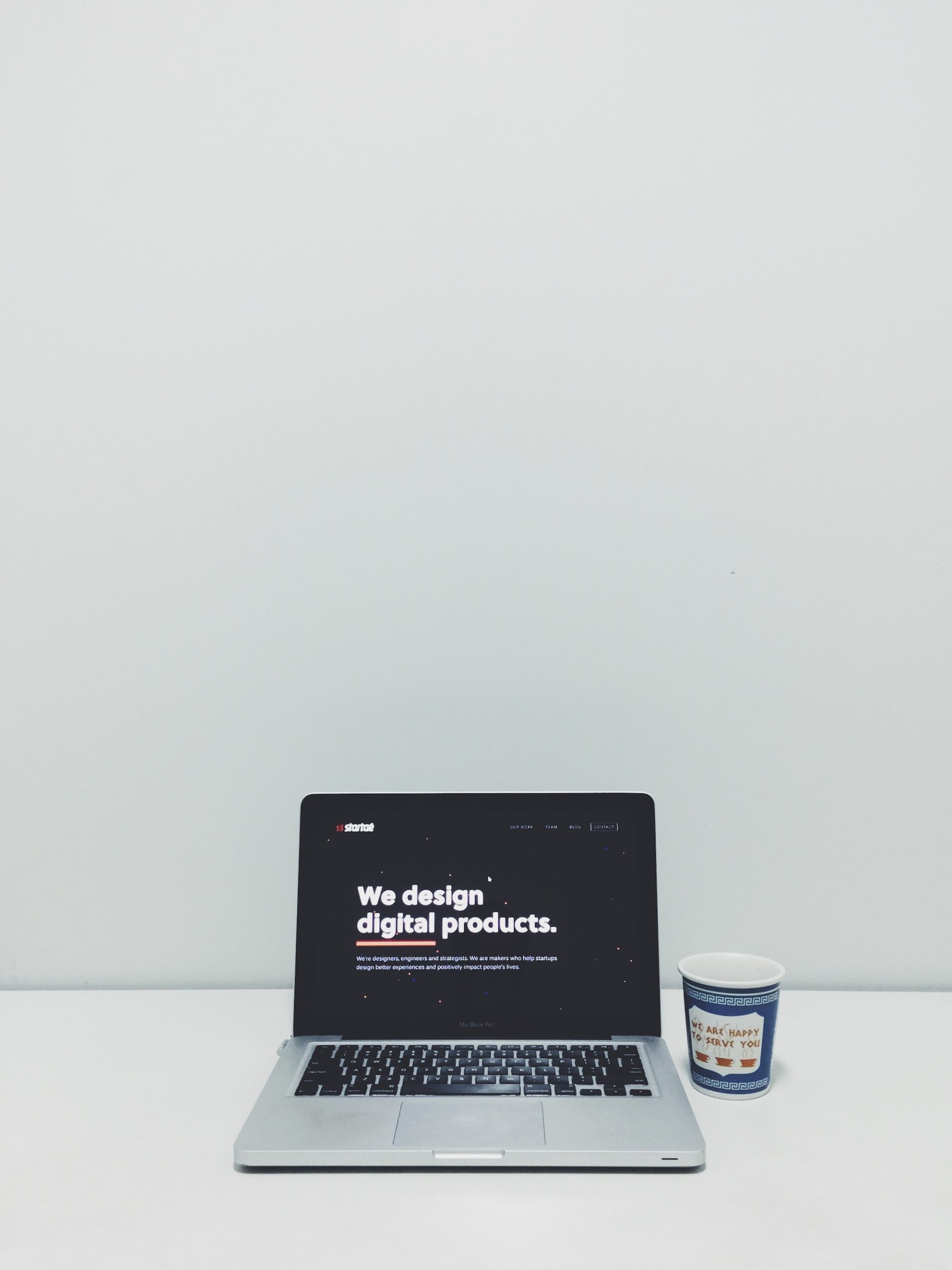When I think about resumes, the work experience section always comes to mind first. This part of your resume is more than just a list of jobs—it tells the story of your skills, your progress, and your professional journey.
Recruiters often spend as little as 6 to 7 seconds scanning a resume, according to research from TheLadders, so it’s important to make those few moments count. I’m here to share some practical tips on how to craft a work experience section that not only catches the eye but also clearly communicates your strengths.
In this guide, I’ll walk you through why this section is so important, how to format it, and what details to include.
I want to make it feel like a friendly conversation between us—simple, clear, and useful. Whether you’re updating your current resume or starting from scratch, the advice here will help you showcase your professional history in the best light.
Why Your Work Experience Matters
Your work experience is the heart of your resume. It’s where you show real-world examples of your skills in action. Recruiters and hiring managers are interested in more than just your job titles—they want to see the results you’ve achieved and the value you can bring to their organization.
For example, rather than just listing “Sales Associate,” sharing that you “increased monthly sales by 15% through personalized customer engagement” gives a much clearer picture of your impact.
Just Before You Go
Empower individuals to overcome barriers, gain essential skills, and secure gainful employment through our proven programs—KeelMaster, KeelWings, and KeelMate. Your support can spark change and build brighter futures.
Donate NowHighlighting your work experience effectively can make you stand out. In fact, a survey by CareerBuilder found that resumes with clearly defined work experience sections have a 25% higher chance of making it to the interview stage. This statistic shows just how crucial it is to nail this part of your resume.
Structuring Your Work Experience Section
Here are some tips on how to structure your work experience clearly and attractively:
1. List in Reverse Chronological Order
Start with your most recent job and work backwards. This format shows your current skills and responsibilities first. It helps recruiters quickly see your latest experience, which is often the most relevant.
2. Include Key Details for Each Role
For each job, make sure to include:
- Job Title: Be specific about your role.
- Company Name and Location: Include the city and state.
- Dates of Employment: Month and year are sufficient.
- Key Responsibilities and Achievements: Use bullet points for clarity.
For example:
Marketing Coordinator, Bright Ideas Inc. – New York, NY
January 2020 – Present
- Developed and managed social media campaigns that increased followers by 30%.
- Coordinated events and promotions, contributing to a 20% growth in customer engagement.
3. Focus on Achievements Over Duties
Instead of listing every task you performed, choose a few key achievements that highlight your contribution. Use numbers when possible. For instance, “Managed a team of 10” or “Reduced processing time by 25%” gives tangible evidence of your impact.
4. Use Action Verbs
Start each bullet point with strong action verbs such as “managed,” “developed,” “designed,” or “implemented.” These words help make your resume dynamic and engaging.
5. Tailor to the Job Description
Take a few minutes to read through the job description for the position you’re applying for. Look for keywords and phrases, and see how your experience aligns. Adjust your bullet points to match the language used by the employer. This simple tweak can help your resume pass through automated screening tools and catch a recruiter’s eye.
Writing With Clarity and Honesty
It’s tempting to use fancy terms or overly technical language, but clarity is your best friend. I always suggest keeping your descriptions simple and honest. When you use clear language, recruiters can quickly understand your background and see if you’re a good fit.
Tips for Clear Communication:
- Be Specific: Replace vague statements with clear examples. Instead of saying “improved team performance,” say “implemented a weekly training program that improved team productivity by 20%.”
- Avoid Jargon: Use language that anyone can understand. This is especially important if your resume will be read by people from different departments.
- Keep it Concise: Aim for short, impactful bullet points rather than long paragraphs.
Additional Elements to Consider
Sometimes, you might have extra details that can add depth to your work experience section:
1. Relevant Projects or Volunteer Work
If you’ve worked on freelance projects, internships, or volunteered in a way that is relevant to your field, consider adding a section for “Relevant Projects” or “Volunteer Experience.” This can be especially helpful if you’re changing careers or have gaps in your employment history.
2. Certifications and Training
If you have earned any certifications or completed training that’s relevant to the job, include these details. They can provide additional context about your expertise and commitment to professional growth.
3. Handling Employment Gaps
If you have gaps in your work history, be honest about them. Instead of leaving dates blank, consider explaining what you were doing—like taking a course, caring for family, or travelling. Many recruiters understand that life doesn’t always follow a straight line.
FAQs
How many bullet points should I list per job?
I recommend 3-5 bullet points per role, focusing on the most important and impressive achievements. Quality beats quantity.
Should I include every job I’ve ever had?
It’s best to focus on roles that are most relevant to the job you’re applying for. If you have older or less relevant experience, consider summarizing them or leaving them out entirely.
What if I have little to no work experience?
Focus on any internships, volunteer work, or projects that demonstrate transferable skills. You can also highlight academic projects if they are relevant.
How do I handle employment gaps?
Be honest and consider adding a brief note if the gap is significant. Emphasize any activities during that time that contributed to your personal or professional growth.
Is it okay to use a template?
Absolutely. Templates can help ensure your resume looks professional and is easy to read. Just make sure to customize it with your unique achievements and experiences.
Further Resources
If you’re looking for more help with your resume, here are a few resources I find useful:
- LinkedIn Resume Builder: A great tool for creating a professional resume based on your LinkedIn profile.
- Glassdoor’s Career Advice: Offers a range of articles and tips on resume writing and interview preparation.
- Indeed Career Guide: Provides practical advice on resume writing, along with examples for different industries.
These resources can give you additional insights and help you refine your resume even further.
Wrapping It Up
I hope this guide has given you a clear idea of how to approach writing your work experience section. Remember, your resume is a reflection of your professional self—it should highlight your strengths, achievements, and the journey that has brought you here.
Take your time to tailor each section, use clear and honest language, and let your personality shine through. The right details presented in the right way can open doors to new opportunities and help you stand out in a competitive job market.
So, after reading all these tips and examples, how do you plan to write your work experience in your resume?
Just Before You Go
Empower individuals to overcome barriers, gain essential skills, and secure gainful employment through our proven programs—KeelMaster, KeelWings, and KeelMate. Your support can spark change and build brighter futures.
Donate Now



